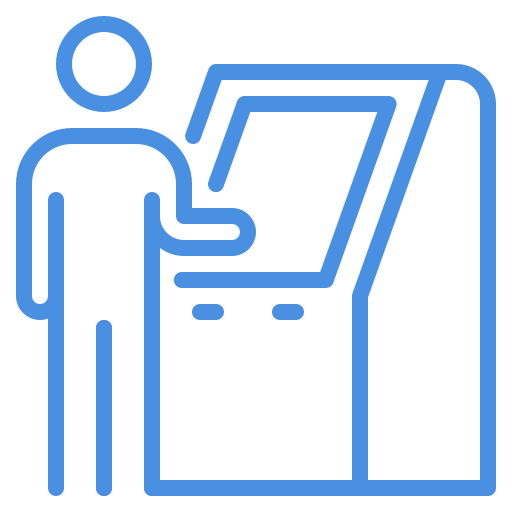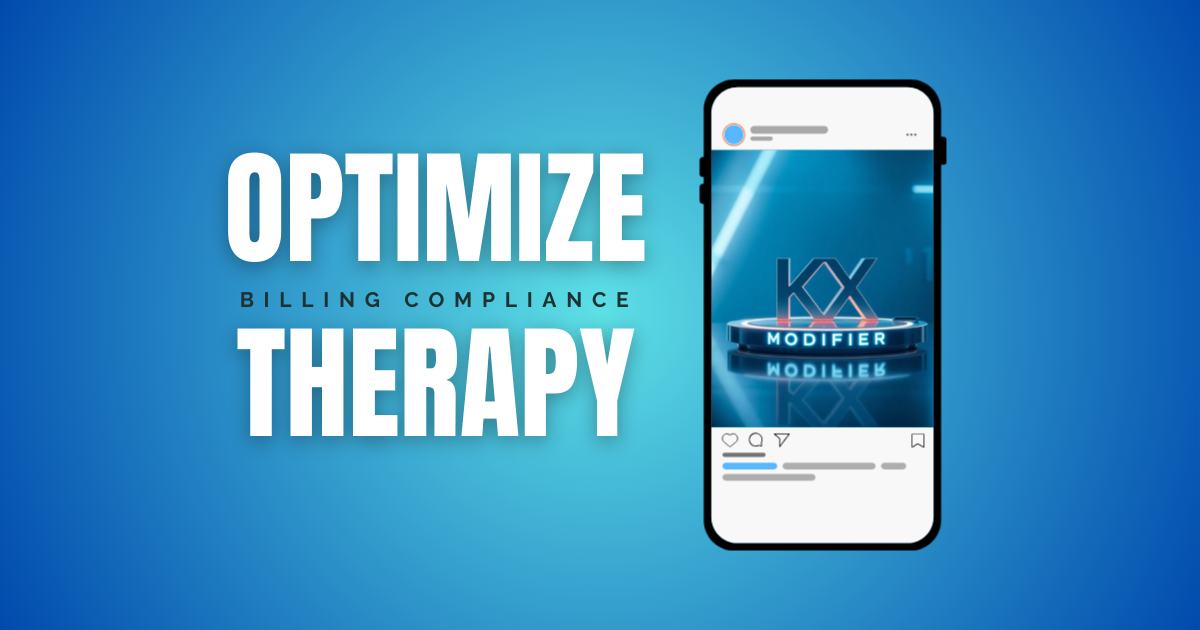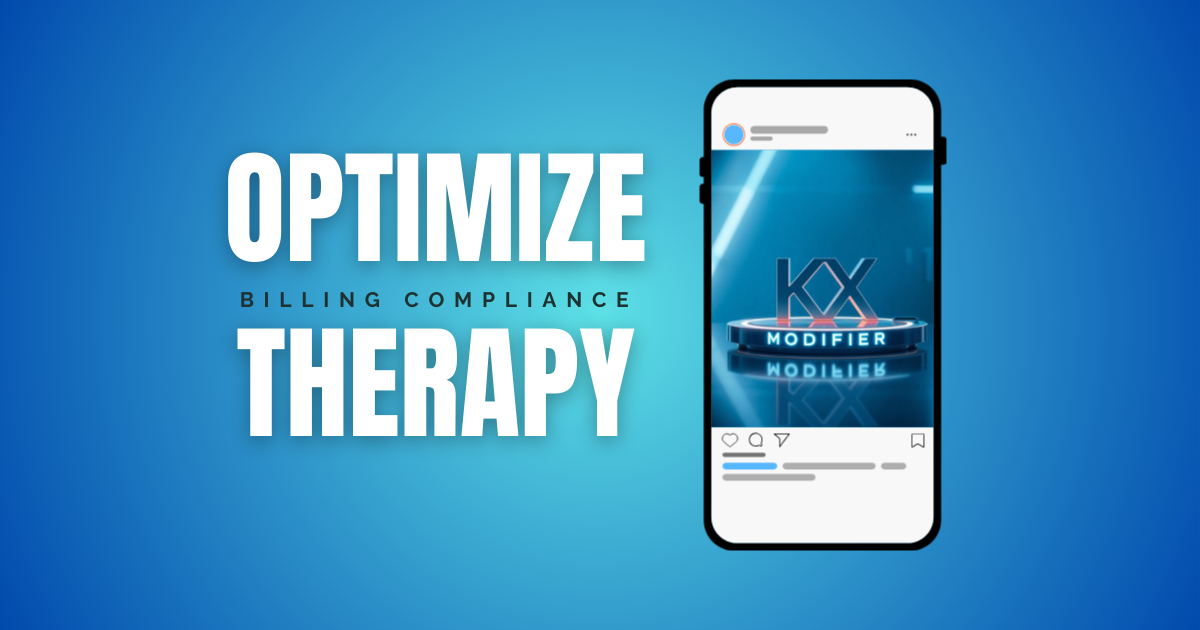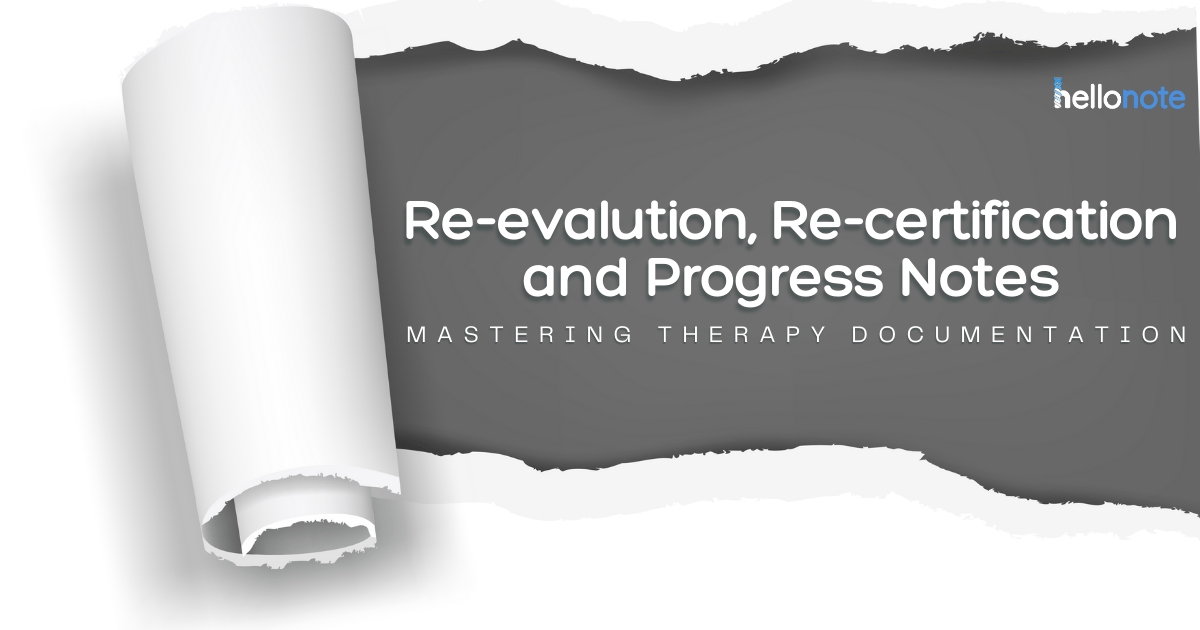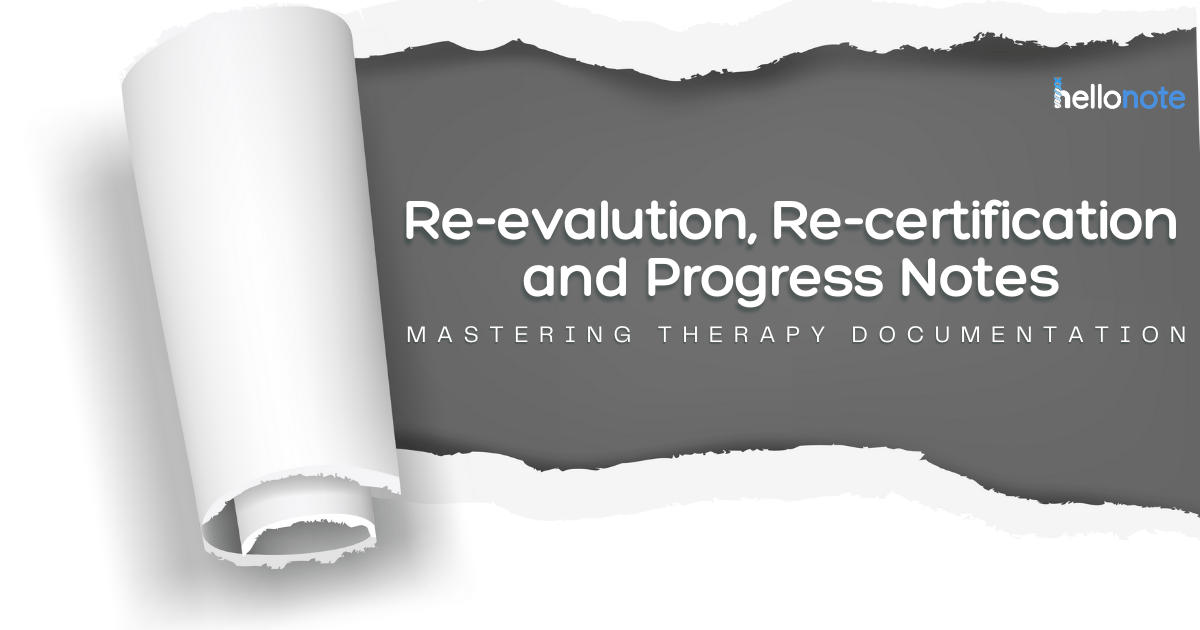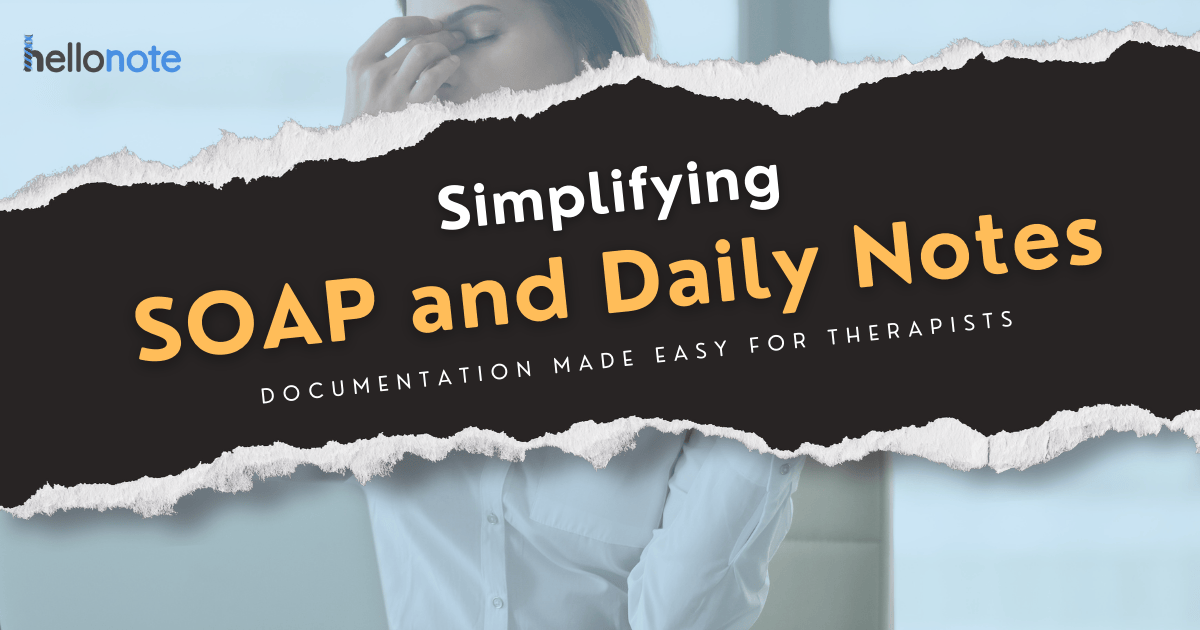Effective Strategies for Challenging Therapy Cases: How to Handle Complexity

Introduction:
Facing the Complexity – How to Handle Challenging Therapy Cases
As therapists, helping patients navigate difficulties is our core purpose. Yet, some situations push us beyond routine practice – these are the challenging therapy cases. Patients with profound cognitive issues, significant behavioral complexities, or severe physical limitations demand more than standard approaches. Successfully navigating these scenarios requires specific strategies for challenging therapy cases.
Feeling overwhelmed or unsure how to handle complex therapy cases effectively? It’s a common experience. The demands can lead to stress and potential burnout. But with the right approach, these challenges become opportunities for incredible growth and impact.
This guide provides actionable strategies for challenging therapy cases. We’ll explore proven techniques covering personalized understanding, adaptive communication, creative interventions, vital collaboration, essential therapist self-care, and leveraging technology. Equip yourself to handle complex therapy cases with greater confidence and effectiveness.
Section 1: Foundational Strategy – Deeply Understanding the Individual in Challenging Cases
The first step in handling complex therapy cases is looking beyond the diagnosis to truly understand the person.
The Challenge: Connecting meaningfully when a condition seems to overshadow the individual.
A patient facing significant challenges is still an individual with a unique history, passions, and remaining abilities. Learning their story (e.g., their past career, hobbies) is a crucial strategy for challenging therapy cases, as it builds rapport and reveals pathways for engagement.
The Challenge: Standard therapy plans proving inadequate for complex, unique needs.
Strategy: Develop Highly Personalized Care Plans.
Flexibility is paramount when handling complex therapy cases. What goal matters most to this patient right now? Their priority might differ significantly from textbook examples. Centering the therapy around their specific, meaningful objectives is a cornerstone strategy for motivation and success.
Section 2: In-Session Strategies for Handling Challenging Therapy Moments
Directly addressing difficulties during sessions requires adaptable techniques.
The Challenge: Communication barriers with patients having cognitive, verbal, or behavioral difficulties.
Strategy: Adapt Your Communication Toolkit:
Effectively handling complex therapy cases often means adjusting how you communicate.
• Simplify: Use clear, direct language. Avoid jargon.
• Go Visual/Nonverbal: Employ gestures, pictures, charts, and demonstrations. Show, don’t just tell.
• Practice Patience & Reinforce Positively: Maintain calm, offer frequent encouragement, and validate effort. This builds trust, a vital component when implementing strategies for challenging therapy cases.
The Challenge: Engaging patients or adapting exercises due to severe limitations or disruptive behaviors.
Strategy: Employ Creative Treatment Adaptations:
Break Down Tasks: Simplify complex actions into smaller, achievable steps to build confidence.
• Modify Exercises Creatively: Think outside the box. Use isometrics, adaptive equipment, or modify activities for different positions (seated, lying down). This adaptability is key to handling complex therapy cases.
• Boost Engagement: Make therapy relevant and interesting. Use gamification, incorporate patient interests, or leverage therapy apps to maintain focus, especially in challenging therapy cases involving attention deficits.
Section 3: Essential Strategy – Prioritizing Therapist Well-Being in Challenging Cases
You cannot effectively implement strategies for challenging therapy cases if you’re running on empty. Protecting your well-being is non-negotiable.
The Challenge: Emotional drain, stress, and burnout risk from the intensity of handling complex therapy cases.
Strategy: Integrate Proactive Self-Care & Boundary Setting:
Schedule Recharge Time: Treat self-care (exercise, hobbies, mindfulness) as a mandatory part of your professional practice.
• Set Firm Boundaries: Develop routines to mentally disconnect from work. Acknowledge your efforts but protect your personal time.
• Seek Support Systems: Connect with peers or supervisors. Discussing challenging therapy cases (maintaining confidentiality) provides perspective, solutions, and emotional relief. This support network is a crucial strategy.
Section 4: Collaborative Strategies – Building a Support System for Complex Cases
Handling complex therapy cases rarely happens in isolation. Collaboration multiplies effectiveness.
The Challenge: Ensuring treatment continuity outside sessions or coordinating care among multiple providers.
Strategy: Actively Foster Collaboration:
Empower Caregivers: Educate family/caregivers on how to support therapy goals. Clear guidance is a vital strategy for challenging therapy cases involving home support.
• Manage Expectations Clearly: Communicate realistic goals and timelines with all stakeholders to build trust and patience.
• Build Interdisciplinary Bridges: Regularly communicate with physicians, other therapists, social workers, etc. A unified approach is essential when handling complex therapy cases with multiple facets.
Section 5: Tech Strategies – Tools to Help Handle Complex Therapy Case Loads
Technology can offer practical strategies for challenging therapy cases by improving efficiency and communication.
The Challenge: Administrative burdens (documentation, tracking) consuming valuable time needed for patient care in complex situations.
Strategy: Leverage Technology Thoughtfully:
• Utilize Assistive Technology: Recommend tools (communication aids, adaptive equipment) that empower patient independence.
• Streamline with Digital Documentation (EMRs): Systems designed for therapists (like HelloNote and others) can be powerful strategies for challenging therapy cases. They help by:
• Improving Documentation Efficiency: Saving time on notes and compliance.
• Enhancing Goal Tracking: Making progress monitoring easier and more objective.
• Facilitating Team Communication: Allowing secure sharing of updates and plans.
• Employ Telehealth When Appropriate: Provide continuity of care, reach remote patients, or conduct caregiver training virtually.
Conclusion: Mastering Complexity with the Right Strategies
Handling complex therapy cases is inherently demanding, pushing therapists to be highly skilled, adaptable, and resilient. It requires a dedicated toolkit of strategies for challenging therapy cases, encompassing deep patient understanding, flexible communication and intervention, strong collaboration, committed self-care, and the smart use of technology.
By implementing these strategies, you can navigate even the most intricate patient situations more effectively and confidently. Answering the question of “how to handle complex therapy cases?” lies in this multifaceted approach. While challenging, applying these techniques transforms demanding situations into opportunities for profound professional growth and significant positive impact on your patients’ lives.





